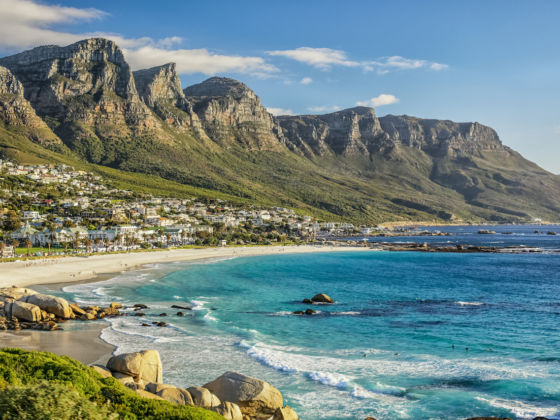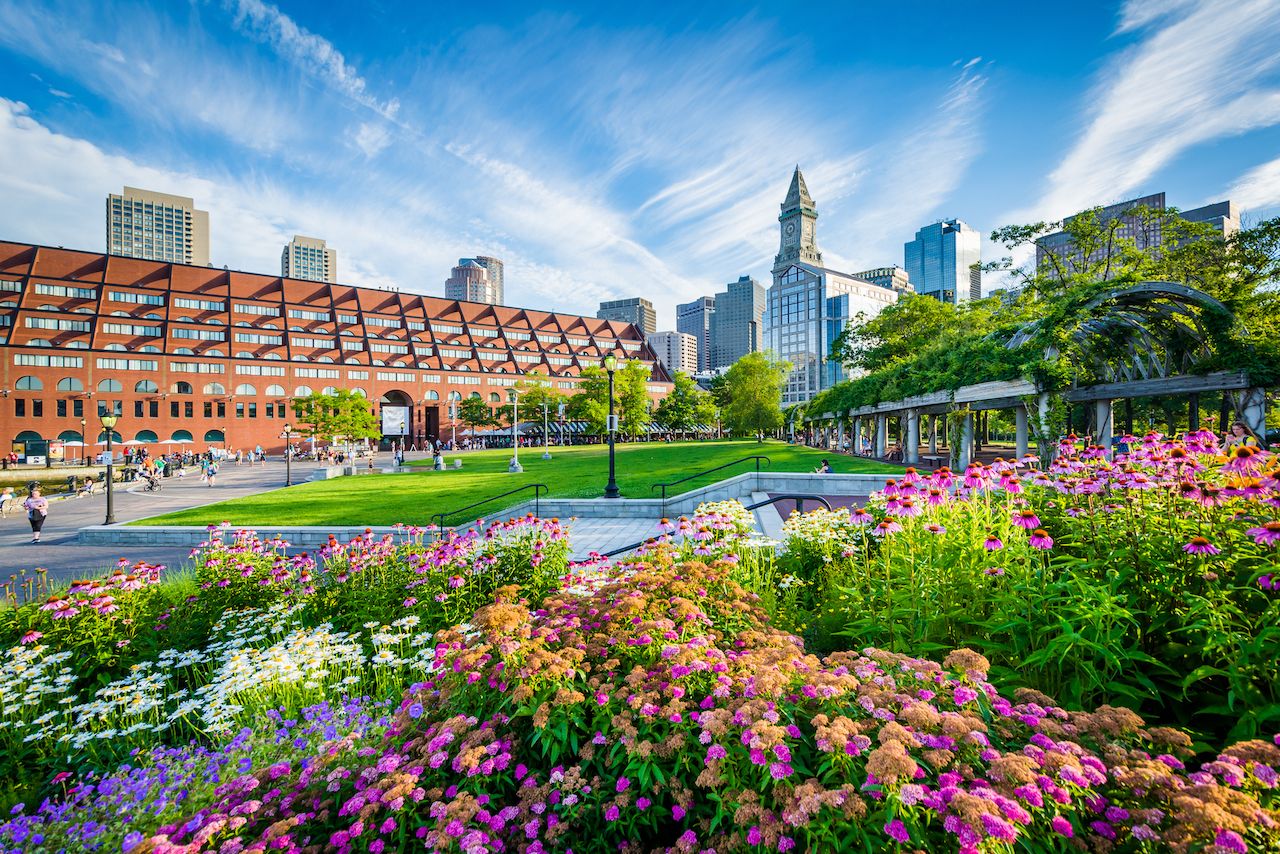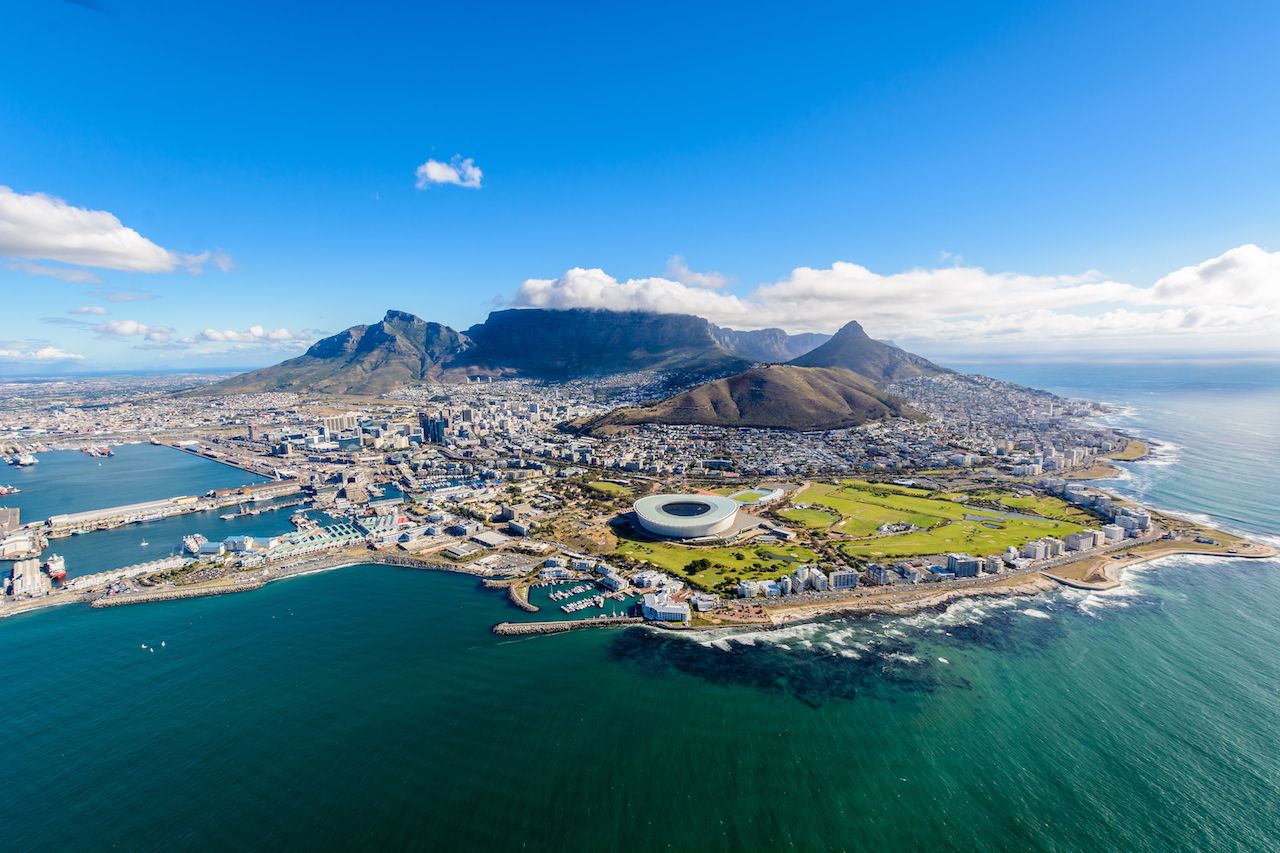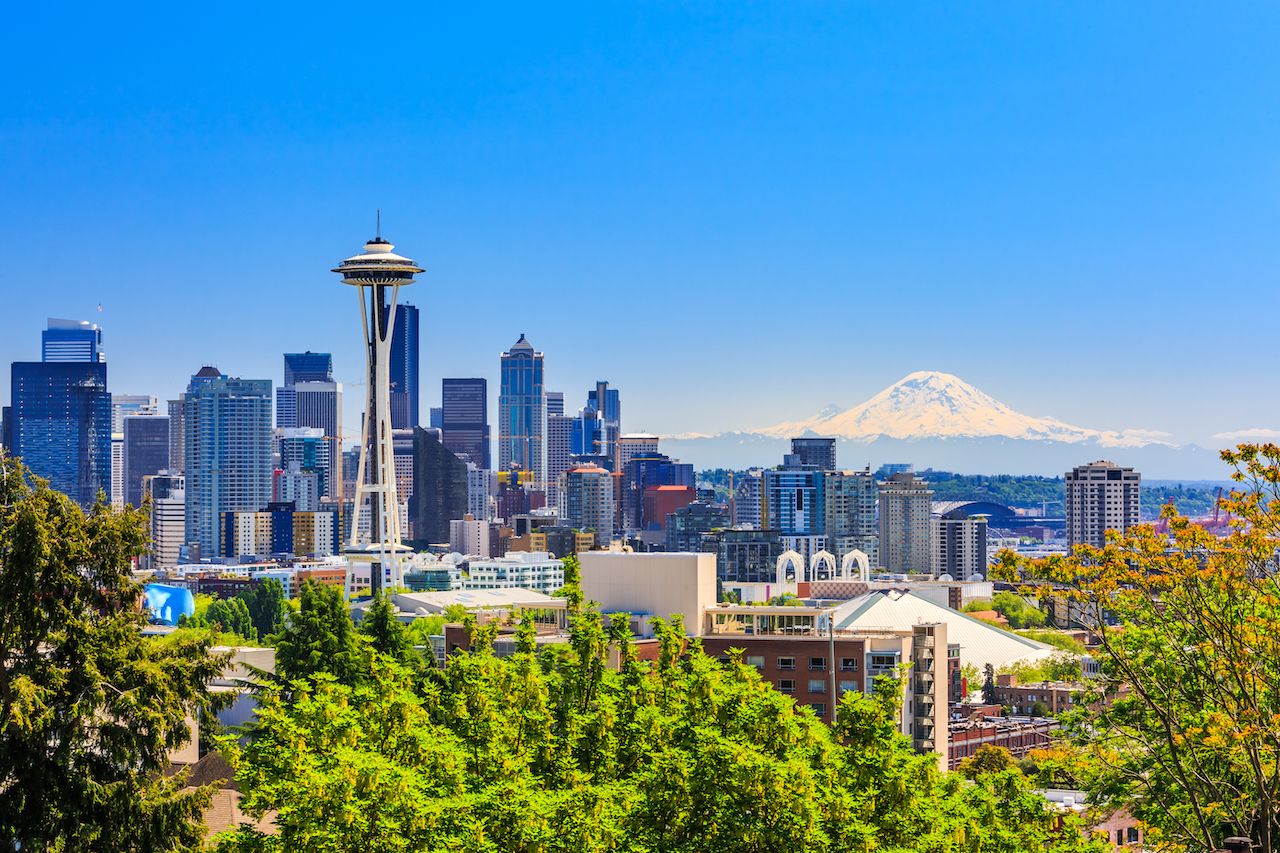As deep concerns over climate change continue to grow, it’s more important than ever to take action to curb the effects of global warming for our planet and the lives it sustains. A United Nations climate change report issued in October warned that if we don’t take drastic measures against global warming, our planet could see some devastating effects as early as 2030, including more intense heat waves, rising sea levels, and extreme droughts.
To prevent this from happening, carbon dioxide emissions need to fall by 45 percent from 2010 levels, which is a daunting task. Luckily, some cities are making the fight against global warming a priority. Whether it’s the widespread use of solar energy, reducing fossil fuel dependence, or building skyscrapers with cutting-edge green technology, these cities are taking monumental strides toward sustainability.







